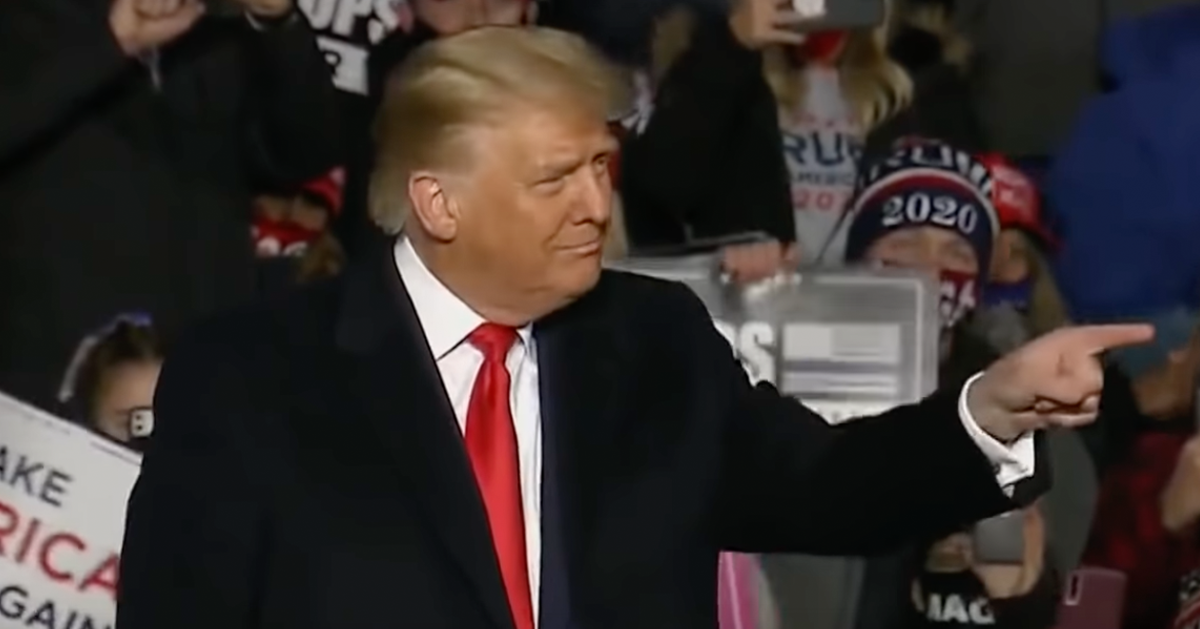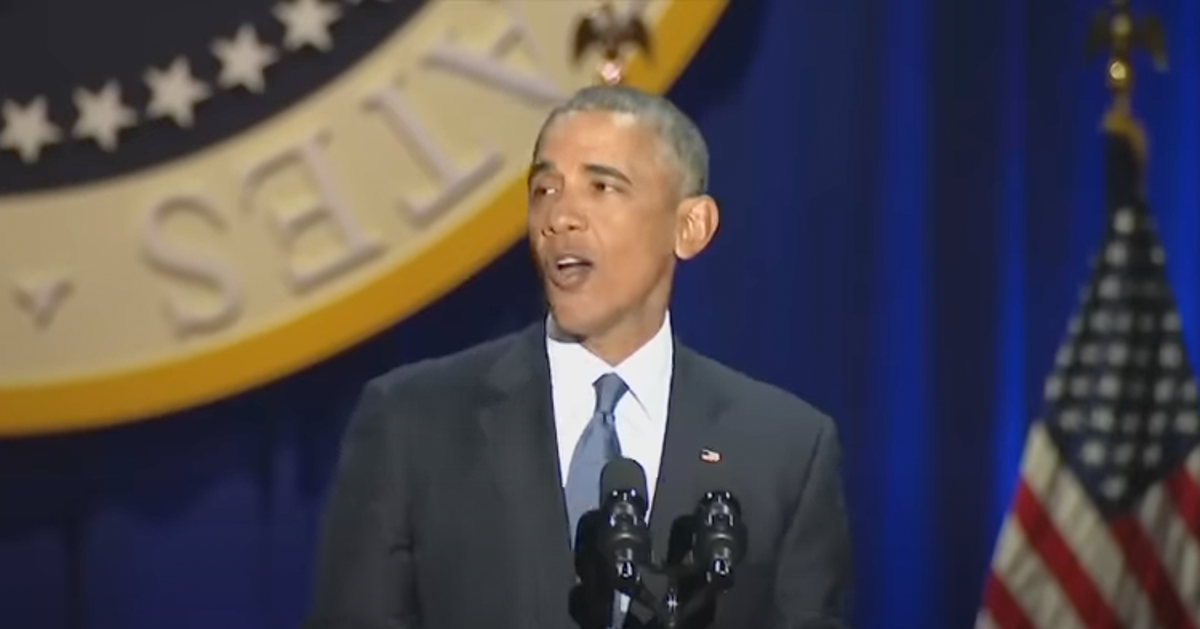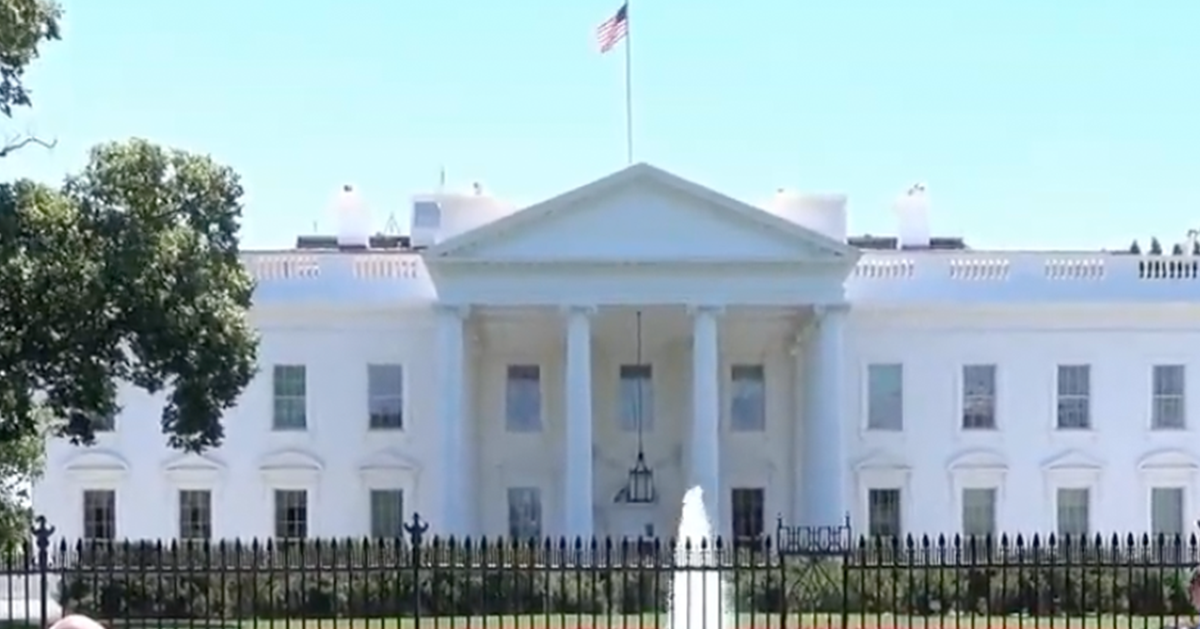Justice Department Asserts Inmates Cannot Reject Sentence Commutations
The Department of Justice has taken a firm stand, declaring that federal inmates Shannon Agofsky and Len Davis cannot reject presidential commutations that alter their sentences from capital punishment to life imprisonment.
According to the Washington Examiner, The Department of Justice is defending President Joe Biden's decision to commute the sentences of two federal inmates on death row, arguing the prisoners lack the authority to decline such a presidential order.
President Biden issued commutations for Shannon Agofsky and Len Davis, both held at a federal facility in Indiana, transitioning their sentences from death to alternative forms. Following the commutations, Agofsky and Davis filed emergency legal motions, seeking to have their original death sentences reinstated, arguing that maintaining these sentences would allow an unencumbered appeals process of their claimed innocence in their respective cases.
Justice Department Stresses Presidential Authority
The Department of Justice defended the president's constitutionally granted authority to commute sentences, countering the inmates' legal maneuvers. They argued that the constitutional framework supports presidential commutations, making any inmate attempt to reject them legally baseless.
U.S. attorneys representing the DOJ highlighted the exclusive nature of presidential power, stating, "Davis cannot veto this action without encroaching on this exclusive and ultimate authority that is 'part of the Constitutional scheme.'" They issued this response to address Davis's emergency motion to nullify his commutation.
Shannon Agofsky, who murdered Dan Short in 1989 and later received a death sentence for another prison-related crime, now fights to overturn his commuted sentence in this legal battle.
Unfolding the Compressed History of Inmate Len Davis
Len Davis has faced a similarly turbulent legal journey. In 1994, authorities convicted him for orchestrating the murder of Kim Groves. After courts overturned his initial death sentence and later reinstated it in 2005, Davis now fights against a life sentence imposed by President Biden's recent commutation.
Both inmates requested the assistance of a co-counsel to help navigate the complex legal landscape that has emerged following the commutations. U.S. District Judge James Sweeney, in light of their non-death sentence status, granted these requests, underlining the discretionary nature of such judicial assistance post-sentence commutation.
Judge Sweeney referenced a 1927 U.S. Supreme Court verdict to explain his stance, which affirmed that presidential reprieves and pardons could be granted without the consent of the convicted individuals. "Here, Mr. Agofsky is no longer under a death sentence," penned Sweeney, highlighting that appointing legal counsel was a matter of discretion given the change in his legal status.
Factors Complicating the Legal Process
The DOJ pushed back against Agofsky's petition, critiquing it for a lack of jurisdictional basis. Meanwhile, Davis continues to assert his innocence, challenging the federal court's authority over his civil rights offense trial.
The inmates now face a rapidly approaching deadline to respond to the DOJ's assertions regarding the legality and irrevocability of their commutations. This back-and-forth legal exchange underscores broader tensions surrounding the use of presidential clemency powers and the rights of those on death row.
The court's decision regarding these emergency motions remains the immediate focus, but this case may broadly impact how people contest commutations in the future. The Justice Department's firm stance and reliance on the constitutional mandate may reaffirm the boundaries of presidential powers concerning clemency.
Examining the Broader Implications for Policy
The outcome of these legal proceedings not only concerns Agofsky and Davis but also reflects the broader tensions between executive powers and judicial reviews. The Department of Justice's unequivocal defense of presidential commutations may set a precedent in cases where individuals resist such decisions.
As Agofsky and Davis prepare their responses, the unfolding legal circumstances serve as a crucial test of the interplay between executive authority and prisoner rights. The trajectory of this case will undoubtedly interest constitutional scholars, legal practitioners, and policymakers alike, offering vital insights into the boundaries of presidential clemency.
These unfolding events emphasize the critical nature of the legal efforts by the Justice Department to maintain the president's prerogative in determining sentences that best serve the public interest, even in contentious cases involving death row inmates.
The resolution of this legal clash could shape the procedural and constitutional landscape regarding future commutations and potentially influence the legal strategies of inmates across the country. As of now, the battle continues in the courts, with both Agofsky and Davis poised to counter the Justice Department's assertions while navigating uncharted legal waters.






